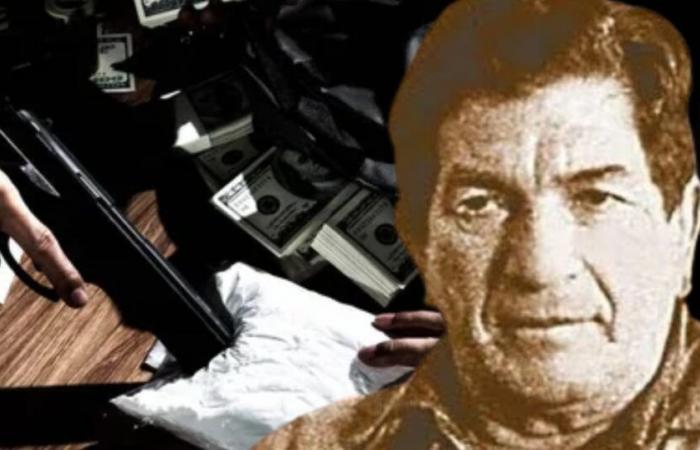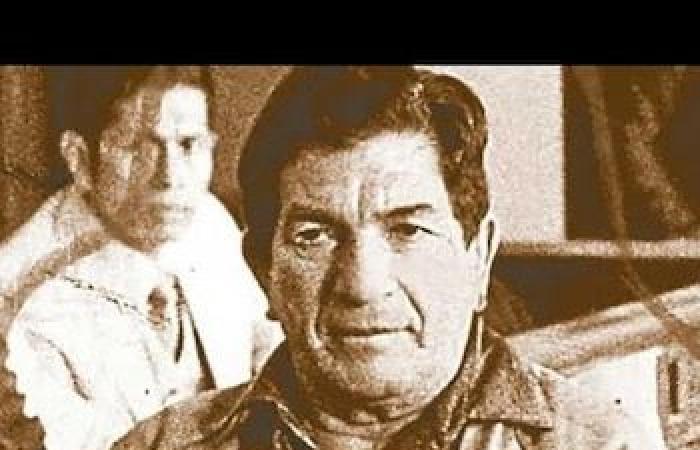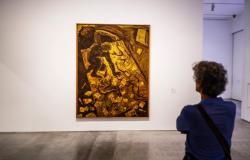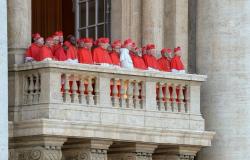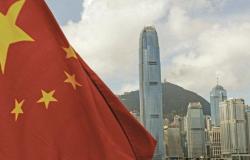The enigmatic Peruvian drug trafficker Guillermo Cárdenas Dávila, known as ‘crazy fly’it has been a key figure whose history is still the subject of controversy in the country. In his rise as one of the most dangerous drug traffickers in the region, Cárdenas not only built an empire of the crime, but also challenged political power, which intensified the danger of his figure. His offer to pay the external debt of Peru in exchange for immunity in its illegal activities is one of the most shocking episodes in the history of drug trafficking in the country.
Despite its multiple attempts to evade justice and its connection with senior officials, ‘Crazy fly ‘ended up being captured and, in 1984, He died violently in a riot inside the prison. Its history not only reflects the growing influence of drug trafficking in Peruvian politics, but also the complicities that facilitated the expansion of its empire
Guillermo Cárdenas Dávila, known in the world of crime as ‘crazy fly’, began his criminal career in the early 1970s in the Loreto region. At that time, Peru was a key point for the cultivation of coca leaf, a fundamental basis for cocaine production. According to various investigations of the time, Cárdenas would have begun to manufacture and distribute cocaine, supplying Colombian drug traffickers, and especially the Cali poster. His relationship with this poster allowed him to consolidate his power and expand his operations in various areas of the country.
His ascent did not go unnoticed by the Peruvian authorities, who in 1973 accused him of producing basic cocaine paste in Tingo María, a nerve center of drug trafficking in the region. However, despite evidence and accusations, Cárdenas was acquitted of the charges. This decision raised suspicions that the drug trafficker had hidden links with the judicial system, which opened a path for expansion without major obstacles.
One of the most surprising characteristics of ‘Loca Mosca’ was his ability to establish relations with high -level political figures. during his criminal career, Cárdenas not only financed campaigns of some congressmen, but also kept close Ties with figures of the Judicial System and the National Police of Peru. Among the names mentioned in various investigations is that of Senator Eduardo Yashimura Montenegro, who, in 1978, admitted having publicly defended Cárdenas in a trial for drug trafficking in the city of Tarapoto. In addition, the senator acknowledged having received financial support from Cárdenas for his political campaign.
The closeness of ‘crazy fly’ with political and judicial power In Peru it was a crucial factor for the success of its operations. The links with these sectors granted him the necessary protection to continue trafficking with impunity, and his ability to bribe public officials made him a key piece in drug trafficking in the region.

In a turn that seems out of a film, ‘Loca Mosca’ tried to bribe President Fernando Belaúnde Terry in an act of audacity that surprised everyone. In 1980, Cárdenas, already known for his power and influence, offered the Peruvian government an unusual proposal: paying the country’s external debt, which at that time amounted to approximately 17 million dollars, in exchange for being released and letting it traffic without restrictions. The proposal was clear: in exchange for its economic support, Cárdenas demanded total immunity for its illegal activities.
Despite his efforts and the power of his connections, President Belaúnde Terry flatly rejected the offer. This episode, however, underlines the magnitude of the influence that Cárdenas had reached, to the point of offering such a radical solution to free a indebted country.
Finally, after several attempts to avoid justice, Guillermo Cárdenas He was arrested on October 6, 1980. Although the Supreme Court declared him innocent and ordered his release, the prosecutor of the nation of that time, Gonzalo Ortiz de Zevallos, prevented his departure, fearing the repercussions that the drug liberation could have. Despite the legal defenses that Cárdenas had, and his ability to manipulate the system, justice managed to catch him at a critical moment of his career.

On March 27, 1984, ‘Loca Mosca’ died during a riot in The sixth penalty, where he served his sentence. The riot was starring other inmates, who took several civilians as hostages. During the rescue operation, which involved a violent shooting, Cárdenas was killed by the mutineers, who had quarrels with him due to his position of power within the prison. It is said that he was slaughtered during the confrontation, a violent ending for a man who, throughout his life, had done everything possible to escape the authorities.

